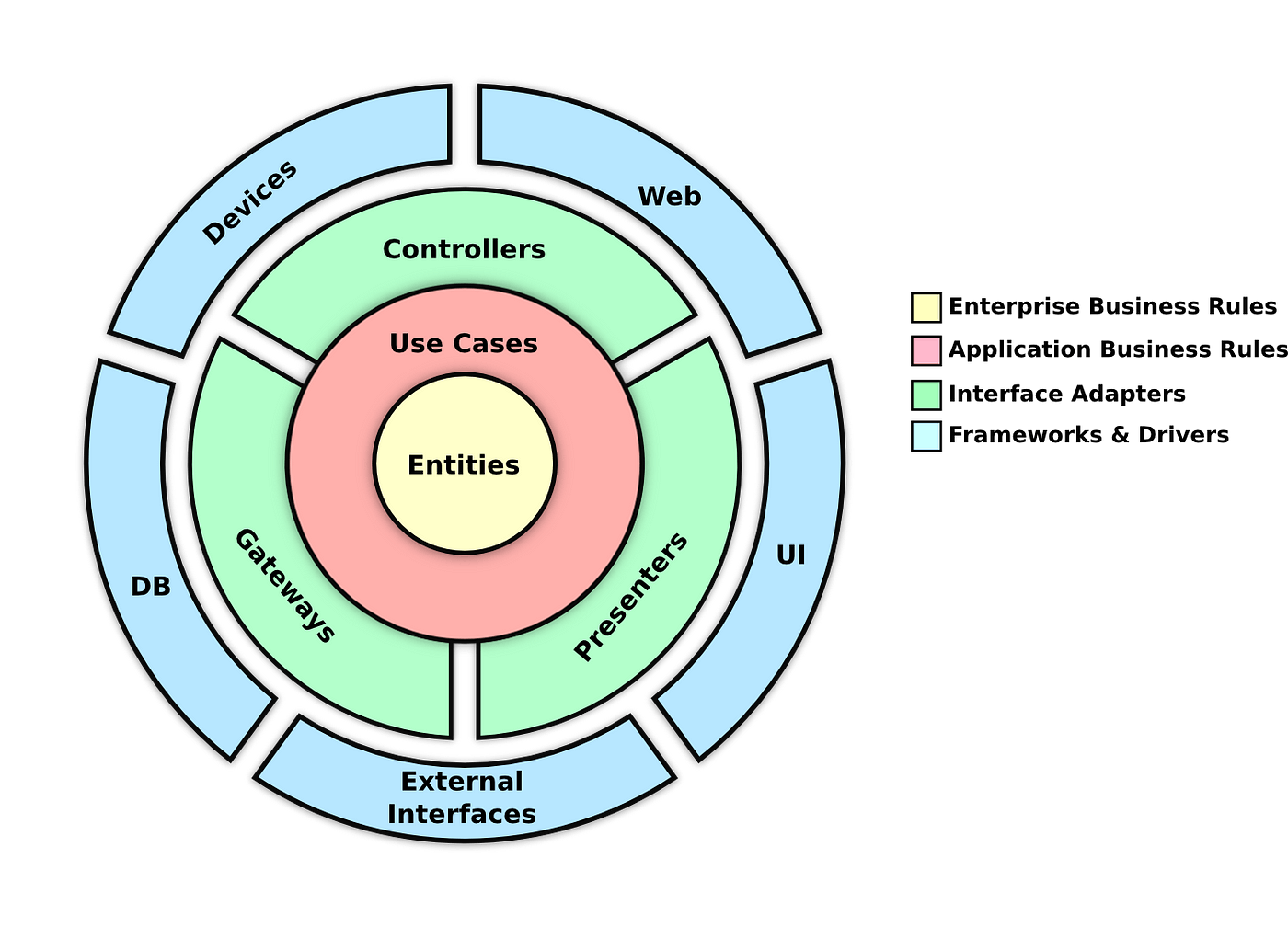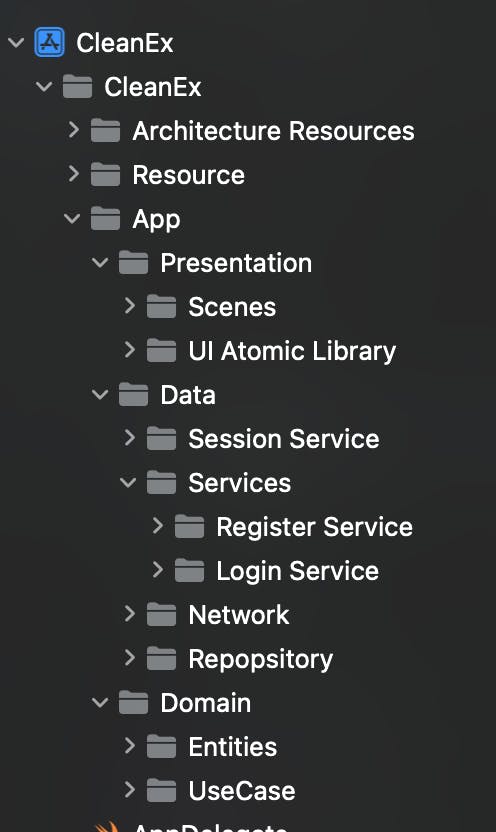Introduction
Software development is always changing, and it's tough to build systems that meet needs and are easy to manage and adapt over time. Developers often deal with big codebases, rigid frameworks, and tough dependencies as projects get more complicated. Let's talk about clean architecture.

What is Clean Architecture?
Clean architecture is a way of designing software that focuses on separating different parts of the program, making it easier to maintain and test. It helps organize programs by keeping the core business logic separate from databases, user interfaces, and external frameworks. This separation makes it easier to distinguish between the main rules of the application and the specific details of how it's implemented, leading to more flexibility, better organization, and easier maintenance over time.
Clean architecture organizes a program into layers, with each layer having specific responsibilities and dependencies. The main layers typically found in clean architecture are:

Advantage of Clean Architecture
Maintainability: Clean architecture makes code easy to understand, change, and expand. By separating different concerns and keeping the core logic away from external factors, developers can update parts without affecting the whole system.
Testability: Clean architecture facilitates the creation of comprehensive tests, bolstering confidence in the software's reliability. By segregating business logic from external dependencies, it simplifies the process of mocking or substituting components during testing.
Scalability: The flexible and modular design of clean architecture promotes scalability and agility in responding to evolving demands. Well-defined component separation and interfaces enable seamless integration of new features, interaction with external systems, and adaptation to changing business requirements.
Maintainability: The clear separation of concerns and layers in Clean Architecture ensures that maintenance tasks are localized and focused. This reduces the risk of unintended side effects when making changes, making it easier for developers to manage and update the system over time.
Reusability: Clean Architecture encourages the creation of reusable components and modules, reducing duplication of code and promoting consistency across the application. This not only improves development efficiency but also enhances code quality and reduces the likelihood of errors.
Independence: By decoupling the core logic from external dependencies such as frameworks or libraries, Clean Architecture ensures that the application remains flexible and adaptable to changes in technology. This reduces vendor lock-in and makes it easier to migrate to new platforms or tools in the future.

